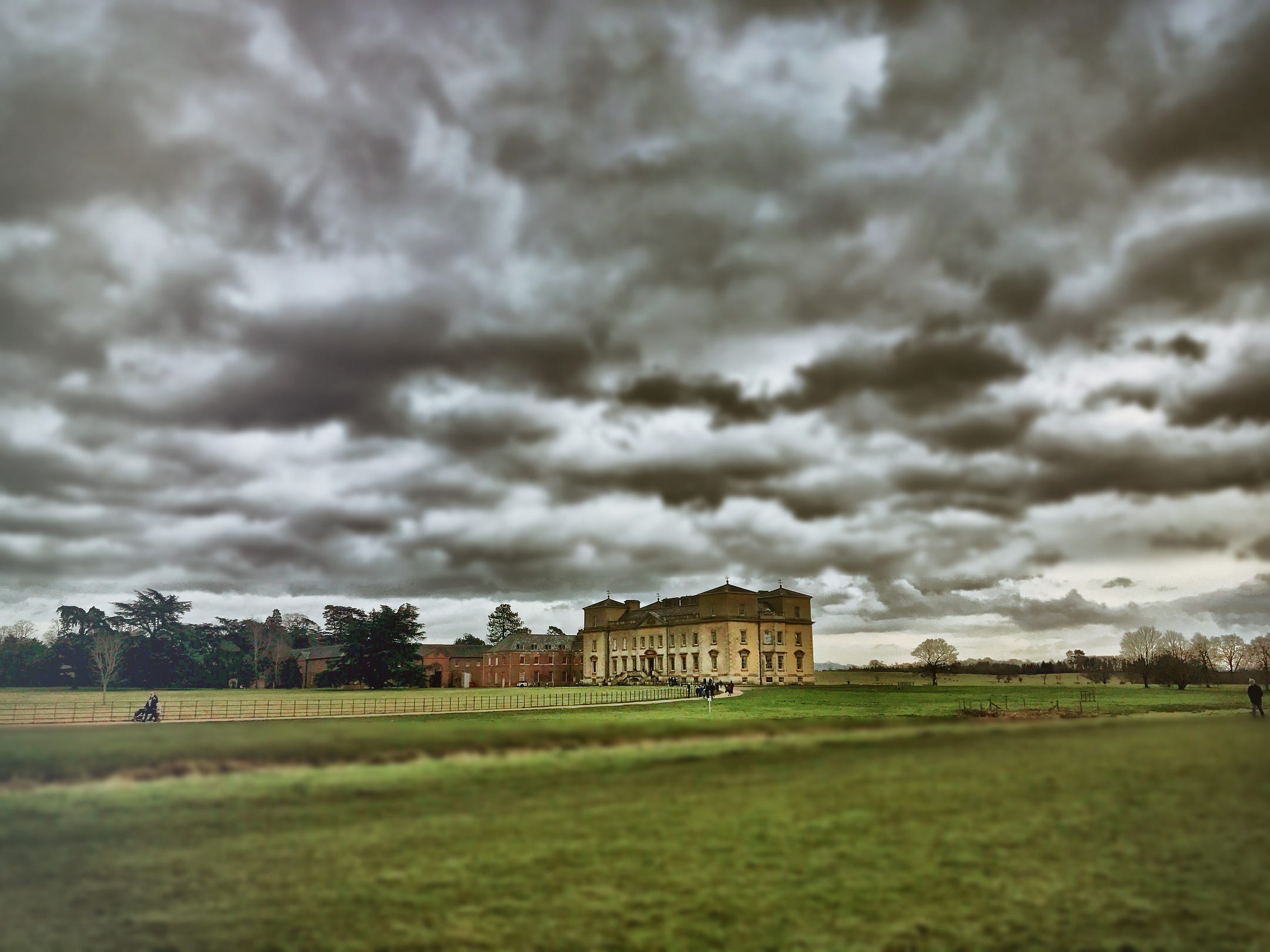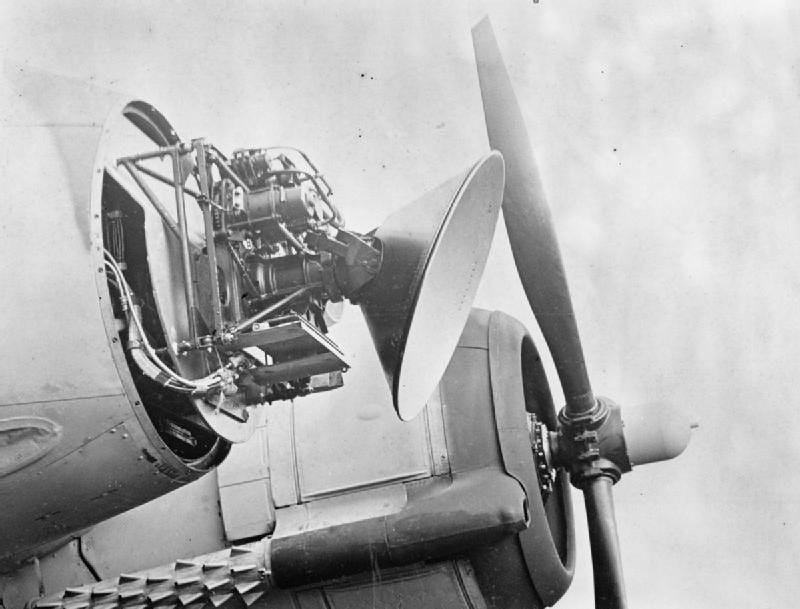
We met some old friends at Croome Park in Worcestershire lately. It is a National Trust property with a big mansion and a Capability Brown designed landscape. However, this property is not like the normal “aristocrats and cream teas” ideal of the National Trust.
Croome Park was the centre of a Royal Air Force scientific research project in World War 2 that linked an airfield on the grounds with scientists based in converted school buildings in nearby Malvern.
Radar
There is a museum to this side of Croome Park in a converted military block. It is called the RAF Defford museum after the official base title.
In the collection is a Resonant cavity magnetron.

The Resonant cavity magnetron is hugely important in the development of Radar.
Developed in Birmingham it meant shorter wavelengths could be used – meaning better resolution – and smaller devices could be made – meaning greater portability.
Radar installations went from like this: a Chain Home receiver in Chelmsford.

To like this: an AI Mark VII airborne intercept system.

Croome Park’s airfield was where these new systems were tested in aircraft. It was also where automated aircraft landing was developed.
A gift to build trust
The Resonant cavity magnetron is important too as a demonstration of why prototypes matter beyond testing the utility of a device.
Prototypes have power.
The story of the Tizard Mission to America shows how the strength of a prototype can build trust, change minds and open doors to greater resources and wider connections
In September 1940 the Tizard Mission went to the United States of America. They took with them a prototype of the Resonant cavity magnetron. It was numbered No.12
It was a gift to the Americans.
As historian, James Phinney Baxter III said, in Scientists Against Time (1946), it was:
“the most valuable cargo ever brought to our shores.”
The mission and the gift had several purposes.
Britain in 1940 was only just surviving in its war with Nazi Germany. It had lost on land in Europe but had won the Battle of Britain in the air.
The country needed help.
The mission was to build trust that Britain was worth America supporting. The technology proved it had the imagination to survive.
What Britain needed was:
- Help, through access to scientists and laboratories, to develop technological ideas into war capable devices.
- Help, through access to industrial resources, to build enough devices to enable a real impact.
The United States in 1940 was wavering about helping Britain. There was no compelling reason to be involved and many reasons to be neutral.
America was preparing for war. It had radar but could not create short wavelengths with reasonable power draw. This is the problem the Resonant cavity magnetron fixed.
Engineers of Victory

Coincidentally, I’ve just finished Engineers of Victory by Paul Kennedy.
It is a book about how engineering and technology enabled Allied victories in the air, on land and at sea.
It is a book that makes clear that designing and building new products was important. However it was not simply about shiny technology and innovation, like the German rockets, but about deployment and measurement of impact.
Many of the great successes came from initial failures. It was the prototypes that enabled people to share a possibility and then for others to see both its potential and how that could be achieved.
The P51 Mustang fighter helped the Allies control the skies across Europe in 1944. Only a few years earlier, it was a failure.
A British test pilot flew it once when it could only fly slow and low. He noticed the nacelle length was right for the fitting of a Rolls Royce Merlin engine. This was tried and the plane was transformed.
The prototype enabled this.
The sharing of the prototype enabled this.
This is the power of prototyping amongst professionals.
Prototyping is powerful for everyone
These stories are about the power of prototyping that is beyond what is commonly imagined.
A prototype can meet a technical need when it is developed by the scientists and engineers.
The P51 is a good example of sharing a prototype to discover an alternative view that creates a new solution.
However, the story of the Resonant cavity magnetron crossing the Atlantic and becoming a gift shows how a prototype can gain new meanings.
It was a centrepiece in meetings with a range of stakeholders.
For the scientists, it fixed a problem.
For the politicians, it built trust.
This single prototype opened up the United States to offering Britain both resources and research.
Prototypes are powerful for everyone.
Use them in your projects and show them to other stakeholders.
They are gifts that build trust.